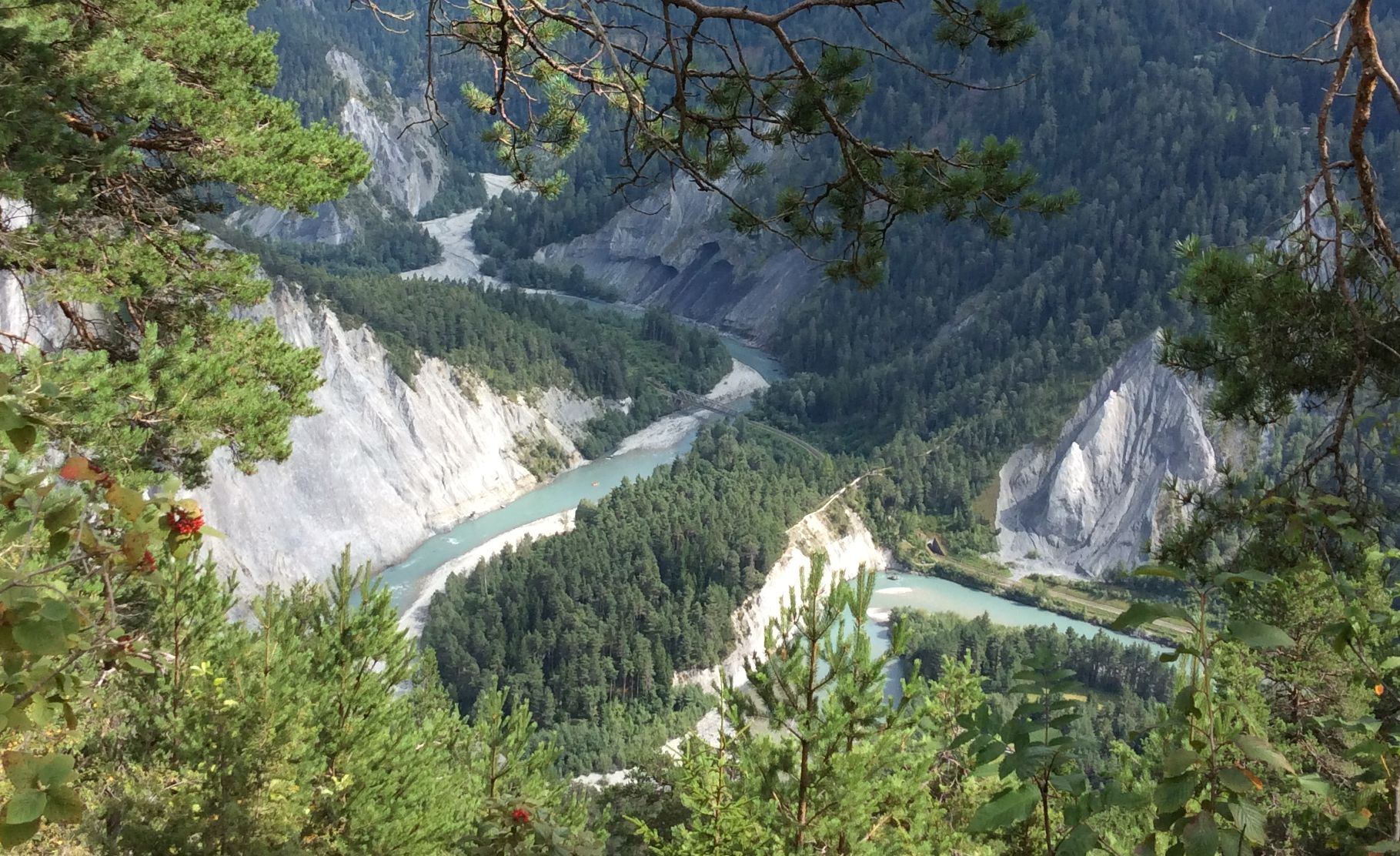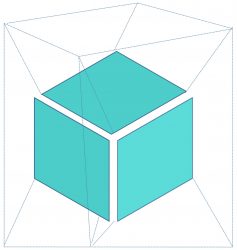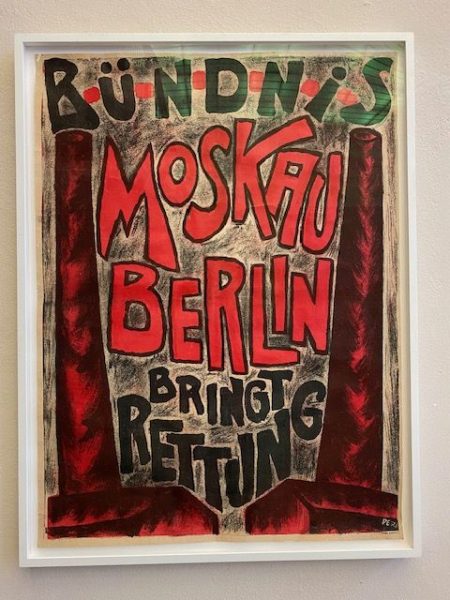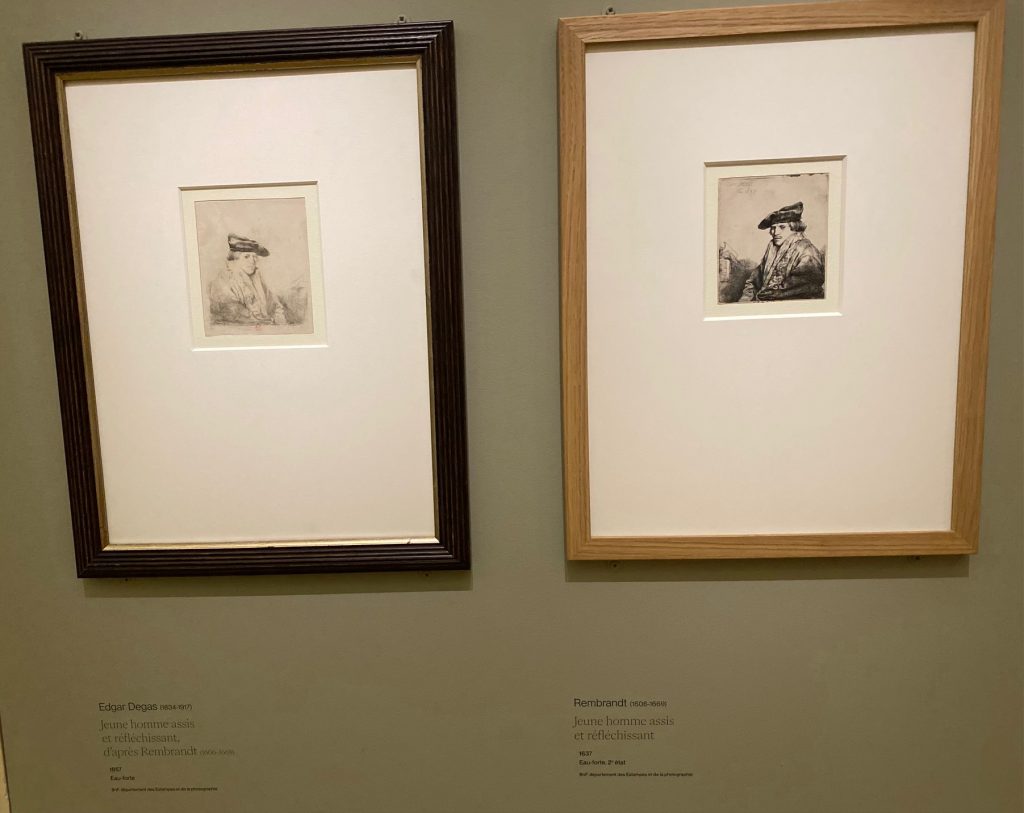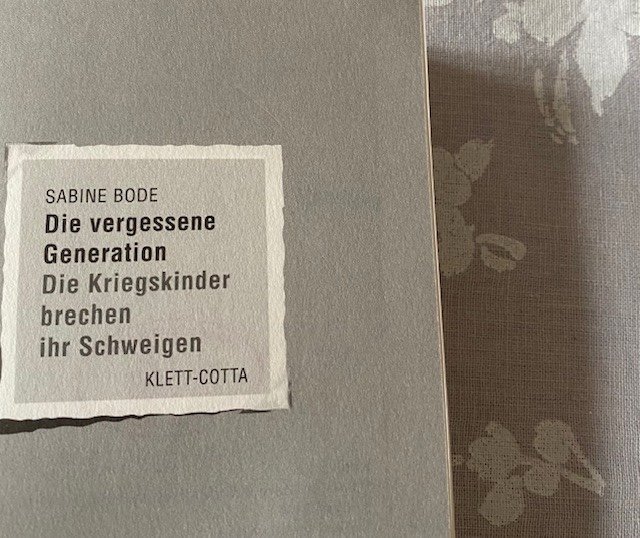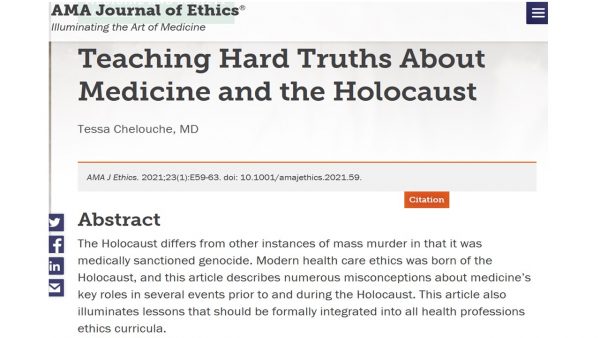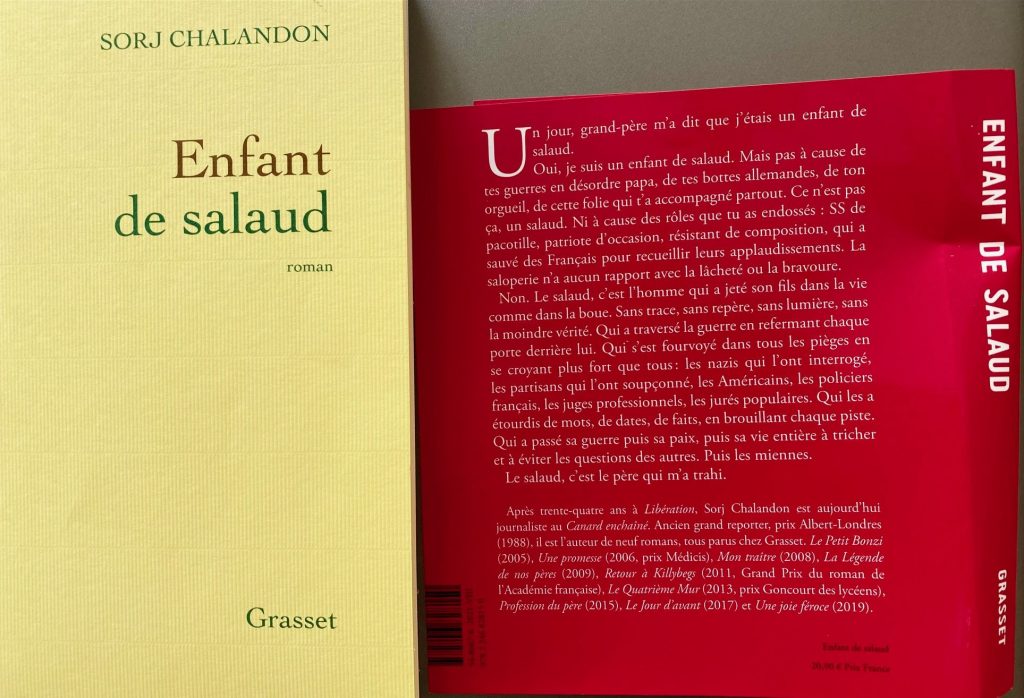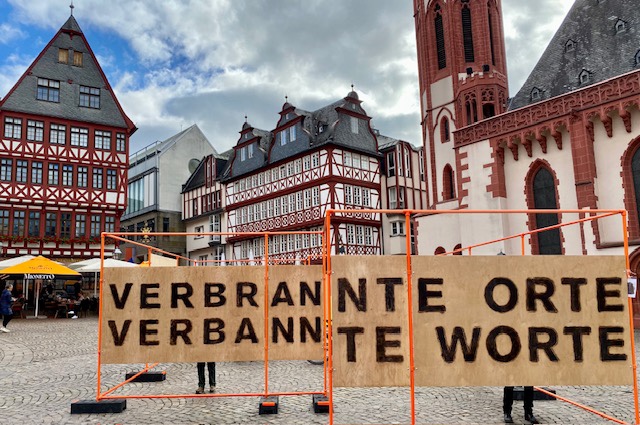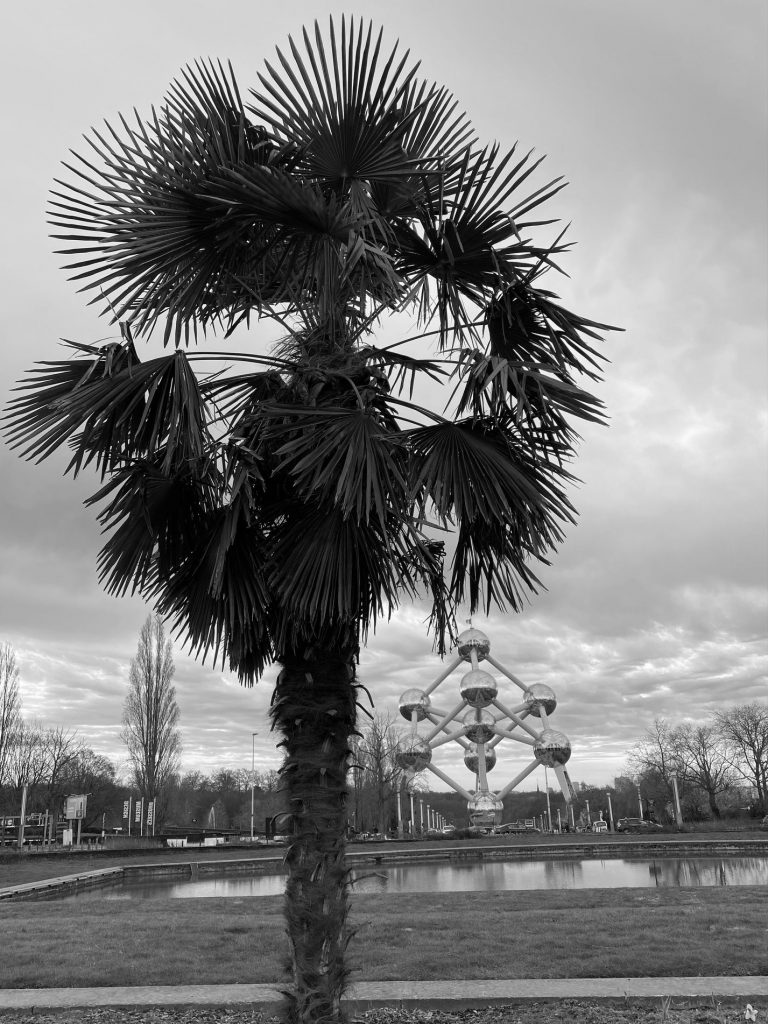The 80th anniversary of the liberation of the concentration camp Auschwitz-Birkenau marks a very special kind of remembrance. As the number of survivors of Nazi-terror and genocide is shrinking the testimony of survivors is becoming more rare and more precious. According to the “Jerusalem Post” on 2025-1-28 (p. 9) the number of survivors that came back to the site of horrific crime has shrunk from 300 ten years ago to 50 in 2025. The strength and courage to continue to testify amidst having reached 90+ or even 100+ years of age is a “living memorial” of its own kind.
Many television stations across Europe have followed the example set by this special Holocaust remembrance day and focused equally on recorded testimonies or additional live interviews of survivors. Please keep repeating these testimonies to confront people with the outcome of Nazi-terror in Europe. The choice this year was a courageous one. Instead of speeches of sorrow and lip service to fight antisemitism by acting politicians, the focus on the testimony of survivors in public, on TV and to large audiences will encourage others to continue to give testimonial of these horrors.
(Image: extract of Pressreader newspaper titles 2025-1-27)

